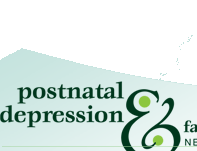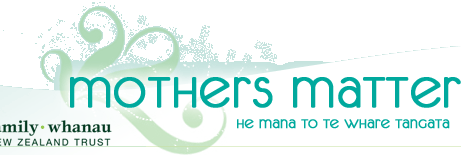 |
 |

|
|
|

VENLAFAXINE FACTSHEET(VEN - LA - FAX - INE)
This information is not a replacement for full discussion of risks and benefits with your doctor.Other Names: Efexor XL. Principal Uses : Depression, anxiety, generalised anxiety disorder, social phobia. Also used in obsessive-compulsive disorder, post-traumatic stress disorder and premenstrual dysphoric disorder. Cost (in New Zealand): Fully subsidised if Pharmac approved. To get approval your doctor applies to Pharmac and is given a prescibing number for you which is given to your pharmacist or written on your script. To qualify for full subsidy, two other antidepressants must have been tried before venlafaxine. Dose: Recommended starting dose is 75mg per day either in divided doses or as one slow release tablet (lower if nausea is a problem). Doses of up to 375mg are often needed but increasing the dose should be done slowly every 3-7 days (can be done more quickly as an inpatient). Occasionally doses higher than 375mg are needed. How it works: Nerve cells communicate with each other by using substances call neurotransmitters. After they are released from one nerve some attach to the adjacent nerve cell which makes it active. Some of the rest attaches to the cell it was released from and others get taken back into the cell they were released from. Venlafaxine blocks this re-uptake of the neurotransmitters serotonin (5-HT) and noradrenaline/ norephidrine (NA/NE). Possible Side Effects: Many people can take this medication with minimal side effects. Side effects tend to improve over time. Nausea (usually only initially), constipation or diarrhoea, headache, sweating, dry mouth feeling light headed, anxiety (usually only initially), drowsiness or difficulty sleeping. People may find that they loose interest in sex or have difficulty with reaching orgasm/ejaculation. Uncommonly it can cause increase or decrease of blood pressure, a rash, blurred vision or tremor. If taken in overdose this medication can be dangerous. Use in Pregnancy: Category C Category C indicates that either studies in animals have revealed adverse effects on the foetus (teratogenic or embryonic or other) and there are no controlled studies in women or studies in women and animals are not available. Drugs which due to their pharmacological effects have cause or may be suspected of causing harmful effects on the foetus or neonate without causing malformations. Drugs should be given only if the potential benefit justifies the potential risk to the foetus. Use in Breast Feeding: Category L3 Category L3 are considered moderately Safe and indicates that although there are no controlled studies in breast feeding women, however the risk of untoward effect to a breastfed infant is considered minimal but possible, or, controlled studies show only a minimal non-threatening adverse effects. Drugs should be given only if potential benefits justify the potential risk to the infant. |
Home | About us | Baby | Books & Links | Contact Us | Culture | Fact Sheets | Family/Whanau | Fathers | Glossary | Medical Info | Medications | Post Natal Depression | Pregnancy | Q&A | Related Conditions | Stories | Support | Treatments |